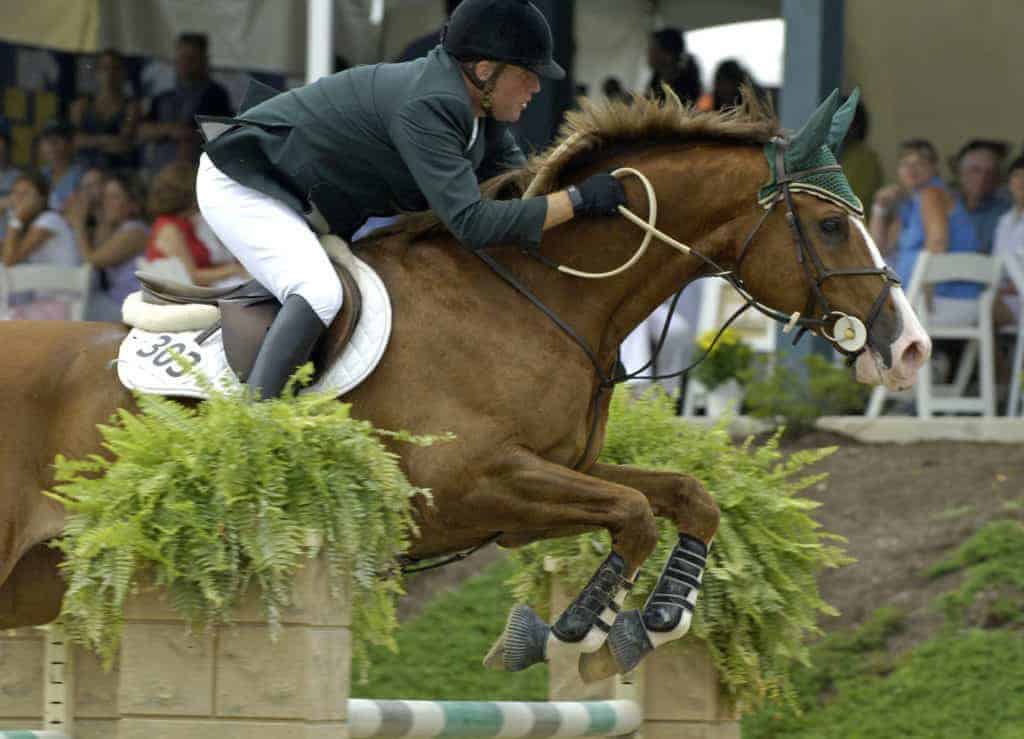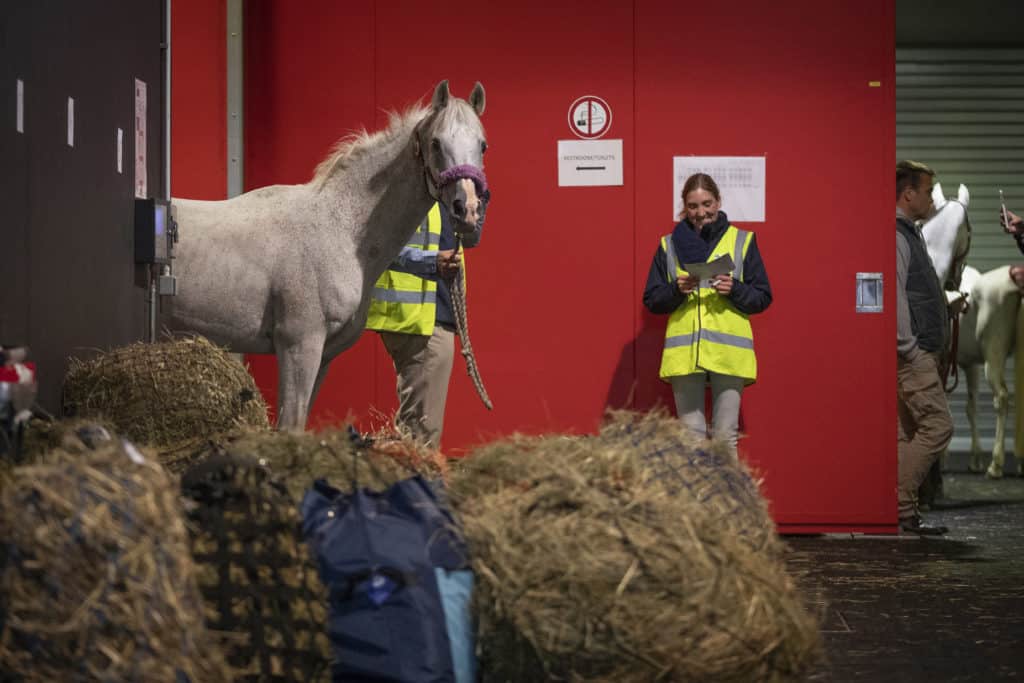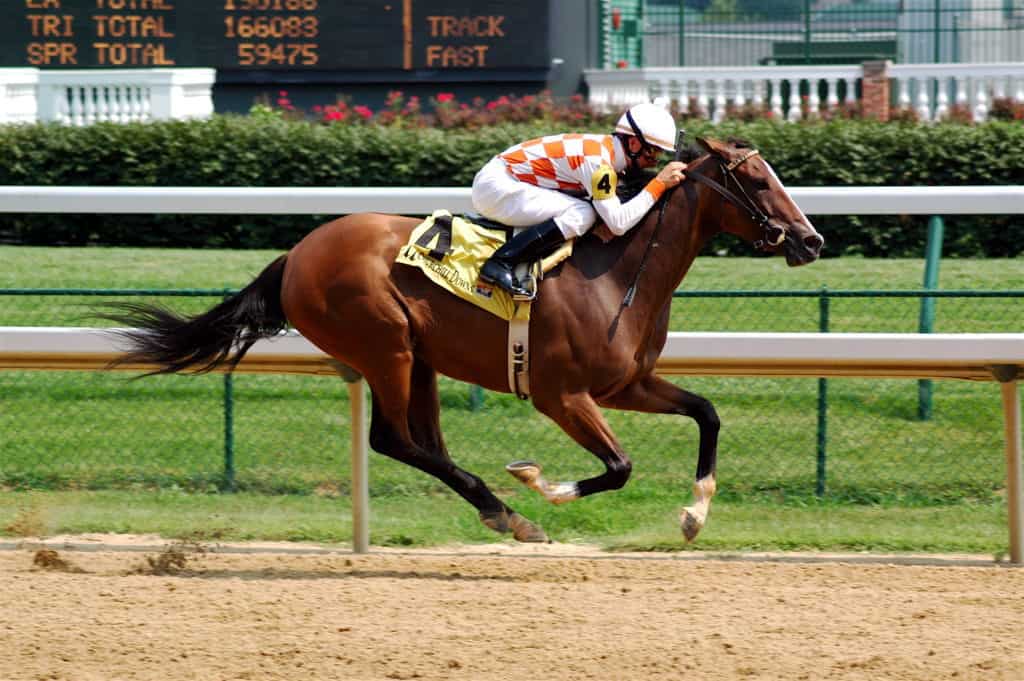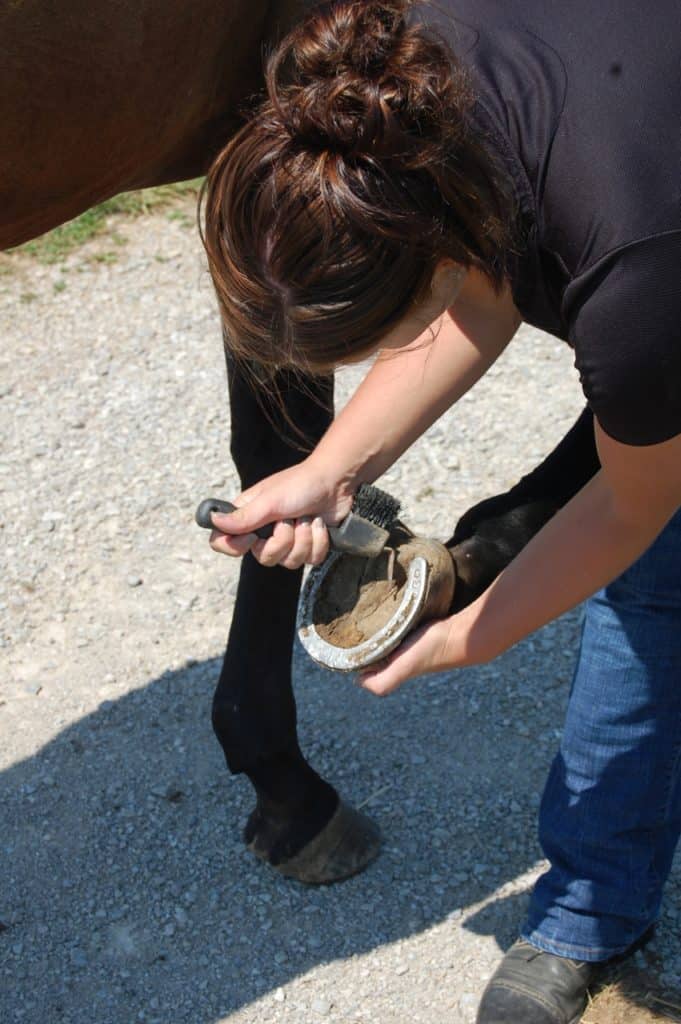
Coming to America: 2018 World Equestrian Games Preview
A fast-growing equestrian epicenter in a North Carolina hamlet prepares to host the 2018 World Equestrian Games.
Prevention, diagnosis, and treatment of leg lameness

A fast-growing equestrian epicenter in a North Carolina hamlet prepares to host the 2018 World Equestrian Games.

Dr. Audrey DeClue describes how treating a six-months-pregnant Percheron mare would dramatically change the course of her life and career.

Good footing, proper conditioning, balanced nutrition, and careful attention to joints and soft tissues are key to maintaining eventers, hunter/jumpers, and dressage horses.

The first 67 of 550 equine athletes have arrived at the Tryon International Equestrian Center, nine days before the start of the FEI World Equestrian Games Tryon 2018.

Take steps to manage your horse’s weight and behavior while he’s cooped up.

The horse training aid researchers tested–made up of a system of loops and a pulley–could help keep rein tension levels at near zero with the horse’s nose at the vertical.

Selective breeding has led to a Thoroughbred uniquely adapted to modern racing’s demands. But it’s also led to inbreeding, and with that has come some less favorable genetic issues.

How does a veterinary behaviorist know for sure something is or is not a psychological problem?

New to horses? Follow these step-by-step instructions on how to safely pick a horse’s hoof.

Early signs of fluorine toxicosis in horses can include unthriftiness, standing with an arched back, rough hair coats, bone thickening, stiffness, and lameness.
This year’s lectures will focus neurology care, lameness exams, colic emergencies, surgical advancements, and more.

Learn how researchers are improving footing at two major competition venues in the United States, including the one that will host the 2018 World Equestrian Games next month.

Researchers are examining inflammatory and anti-inflammatory markers’ efficacy as early indicators for potential catastrophic injuries in racehorses.

Find out how equine researchers are using the latest gadgets and gizmos to diagnose lameness, collect data, and more.

Laminitis causes crippling lameness associated with intense pain that shortens horses’ athletic careers. Download this fact sheet to learn more about recognizing, treating, and preventing laminitis in horses.

Describing age-related structural changes in senior horse hearts is a critical first step in recognizing pathologies. However, researchers say it’s too soon to know how those age-related changes affect horse health.
Stay on top of the most recent Horse Health news with
"*" indicates required fields